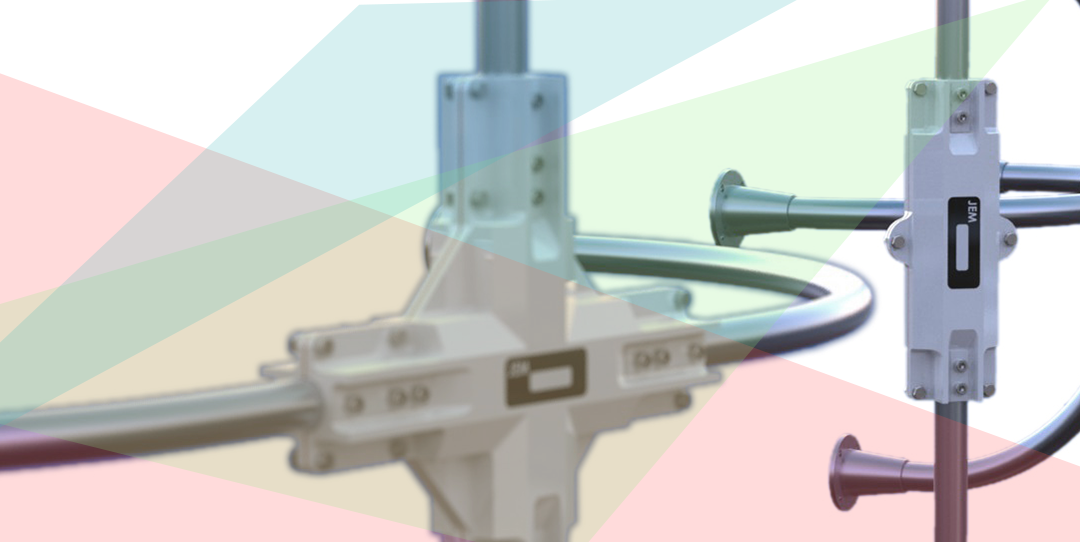The Outlook on Flat Panel Antennas
July 2022
As the name suggests, a flat panel antenna, or FPA, is a simple directional antenna that is low-profile. An FPA consists of a dipole placed ahead of a flat panel reflector. Because of their simple design, they’re characteristically lightweight, making them very easy to mount onto a variety of surfaces and objects. Additionally, they typically have broader beam, allowing their signal to reach larger areas.
FPAs are suitable for fixed or portable use and operate at ultra-high frequencies.
As a general concept, the length (and therefore, size) of an antenna is inversely proportional to the frequency it can send and receive. The antenna’s length is also directionally proportional to the wavelength. To put simply, the higher the frequency and shorter the wavelength, the shorter the antenna can be made. Therefore, simple FPAs are less suitable at very high frequencies (VHF), because they would be impractically large for most receiving applications. For high frequencies (HF) and lower, FPAs would be altogether unsuitable.
FPAs have a lot of potential in the defense sector because they would simplify operations while lowering operational costs.
During the World Satellite Business Week conference in 2019, Kevin Steen, the CEO of ST Engineering iDirect stated that, “Flat panel antennas also [would be] a ‘game changer’ for expanding the role satellites play in connecting devices in the internet-of-things,” due to their installation potential. For example, for maritime applications where parabolic antennas require complex installation, configuration, and maintenance, the concept of a having a flat panel that can easily plugged in with fewer mechanical parts is promising. Similarly, inexpensive flat panel antennas that could be installed on land vehicles would benefit the military by providing extra bandwidth with significantly less expense.
The flat panel antenna market is growing.
In March 2022, a report published by ResearchAndMarkets.com stated that the market for flat panel antennas was anticipated to grow from $408M in 2022 to $1,440M by 2027. While this growth will inevitably be seen in the defense sector, commercial application is expected to have the largest market share. FPAs will be more common for use in commercial shipping, boating, yachts, passenger vehicles, and more.
The fewer the moving parts, the lower the potential for damage. In a previous issue, we introduced the idea of electronically steering an antenna in context of an AESA. FPAs can also be electronically steered. In fact, the stationary electronically steerable FPA is expected to have the highest market share growth rate in the next five years, due to its marketability.
As with all technology, R&D costs slow down market growth. Furthermore, the lack of skilled and technically qualified workforce also hinders development.
JEM Engineering produces a line of flat panel antennas ranging from 200 MHz to 18 GHz.
While primarily used for SIGINT, JEM’s FPAs are optimized for a variety of applications, including ELINT, ISR, direction-finding, UHF communications, EW, as well as airborne applications. Some, such as the FPA-218 series, are ideal for mounting onto walls and ceilings, while others, such as the FPA-8296 series, are rugged enough withstand the harshest of environments.
Latest Posts

Remote Radiofrequency Testing
JEM Engineering offers all of our customers the added convenience of performing remote radiofrequency testing.

Loop Antennas: Design Overview
Loop antennas come in many forms, but their overarching distinction is that they are relatively simply constructed, yet very versatile.
